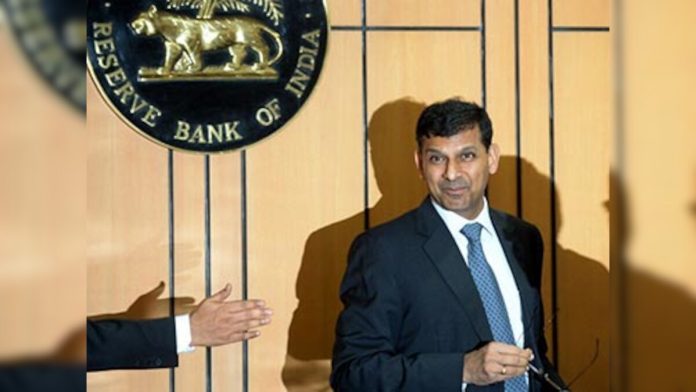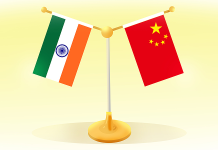In a bold and strategic assessment, former Reserve Bank of India (RBI) Governor Raghuram Rajan has stated that India is uniquely positioned to benefit from the ongoing US-China trade war, but only if it acts decisively to improve its trade and investment environment.
In This Article:
As the United States and China continue to exchange economic blows, many global companies are looking to diversify away from China, and Rajan believes that India can step in to fill the gap—but there are conditions.
India’s Golden Moment in Global Trade Realignment
Speaking on recent global trade developments, Rajan called out the US’s tariff-driven policies, labeling them “self-goals” that may hurt American consumers and manufacturers more than their intended targets. He explained that these protectionist moves could push global companies to relocate operations, and India must capitalize on this realignment.
He stressed that India must proactively position itself as a manufacturing and export hub, not just for the US, but for all countries seeking stable, reliable alternatives to Chinese production.
India-US Trade Talks Gaining Momentum
Coinciding with Rajan’s statements, India and the United States have intensified their diplomatic and economic engagements. The two countries have agreed to hold sector-specific trade discussions in the coming weeks to finalize a proposed trade agreement. Key areas of focus include:
- Advanced technology and digital infrastructure
- Pharmaceutical exports and health services
- Agricultural and dairy sector reforms
- Defense manufacturing and clean energy
These negotiations are expected to accelerate the formation of a long-term trade pact that could further India’s ambitions to become a global manufacturing powerhouse.
Key Recommendations by Rajan to Seize the Trade Opportunity
Raghuram Rajan has outlined several strategic steps India must take to become a serious contender in the shifting global trade environment:
- Simplify Business Regulations: India must reduce bureaucratic delays and make the business environment more investor-friendly.
- Upgrade Infrastructure: Ports, highways, and digital logistics must be modernized to support fast and cost-effective trade.
- Focus on Consistent Policy: A stable tax and regulatory framework is essential to attract long-term foreign investment.
- Develop a Skilled Workforce: Education and vocational training must align with global industrial needs.
Domestic Market Ripples and Sectoral Impacts
The ongoing trade tensions are already affecting Indian markets. Experts have observed volatility in metal stocks, gold prices, and real estate trends—especially in industrial cities like Bangalore and Pune, which are expected to benefit from increased manufacturing interest.
India’s merchandise exports, however, are projected to decline slightly to $435 billion in FY 2024–25 due to global market uncertainty. Rajan emphasized that a robust trade agreement with the US could help offset this potential loss by opening new export channels.
Can India Truly Replace China in Global Supply Chains?
While India may not match China’s scale immediately, Rajan believes India can become a reliable “Plan B” for companies looking for diversified supply chains. With democratic stability, young labor force, and strategic geographic location, India has the fundamentals in place—but execution remains the key.
Moving Forward: The Clock is Ticking
Raghuram Rajan’s analysis serves as both an opportunity alert and a cautionary tale. India must act with urgency, ensuring that the political will and bureaucratic machinery are aligned with long-term economic goals. The US-China trade war, though turbulent for the world, could be India’s unexpected window to rise on the global trade stage—if it plays its cards right.
By – Nikita




